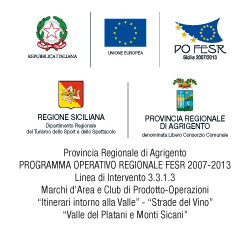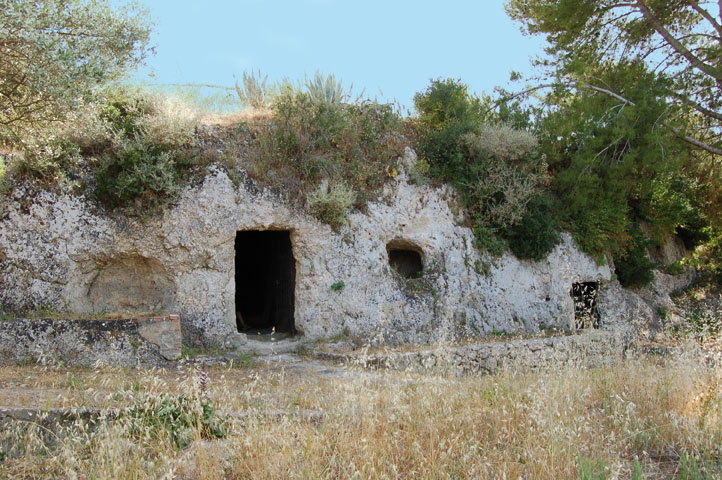
Licata has surprising and great archaeological value. It is full of undeniable proof that highlights the history of the city and satisfies the cultural curiosity of visitors in search of a strong connection.
Stagnone Pontillo lies in a panoramic context, on the road that links the city of Licata to Mollarella beach. It is a pre-Hellenic monument that dates back to the Iron Age (XII sec.B.C.). It is an ancient underground tunnel of considerable size and unique architecture. Carved into the rock, the vault is supported by three columns that narrow gradually upward, creating a unique aspect to the structure. Over thousands of years the site has been visited by many visitors, as can be seen by the inscriptions in various languages and different times etched on the walls. Some are in Phoenician, Iberian, and Libyan. They tell us about the ancient people. The Stagnone Pontillo is a continuous source of magical interest and curiosity.
On the highest peak of Licata, the Monte Sole (called "Eknomos" by ancient historians), stands the imposing and menacing "Frourion of Falaride". The highly evocative structure is the remains of a Hellenistic fort (walls, houses, septic tanks, furnaces) the size of a medieval castle, built in the first half of the sixth century. B.C. by Falaride, the tyrant of Agrigento, to halt the advance of expansion by Gela, nearby.
On the most important mountain of Licata, Monte Sant'Angelo, one can visit the remains of a Greek city. The town dates back to the fourth century B.C., although archaeologists have found the oldest evidence relating to the fifth century B.C. (a Greek marble statue that possibly depicting Demeter, and many fragments of ancient pottery).
Monte Petrulla necropolis is archaeologically priceless. It is a monumental necropolis of artificial caves, carved into the rock, dating back to the Bronze Age (II millennium B.C.). About a hundred graves hold and enrich the charm of Petrulla mountain, located about 8 km north of Licata. The site is a great tourist attraction due to the uniqueness of its architectural shape and its wild, beautiful landscape and contrasting environment. Those visiting the area experience the feeling of being permeated by intense perfumes and bitter weeds that continue to grow spontaneously and spread the fragrance of history.
Archaeological evidence can be also seen within the town, which in reality is part of the local panorama. For example, Grangela Well, an ancient hydraulic structure dating back to the pre-Hellenic era, located at the foot of Monte Sant'Angelo not far from the main square of Licata. The Grangela is a deep pit dug into rock, where the people of the time once used the water that flowed into it. The locals considered it a magical place of common emotional experience. It is the main character of many tales of fantasy and mysteries. A visit to Grangela is recommended to those who are willing to open their hearts to the magic of a place that communicates culture, knowledge, ideas and fantasy.
In the historical center, in Via Marconi, you can admire the Tholos, an approximately 11 meter tall column that is a sign of the former presence of the inhabitants of Micene, Licata during the Iron Age (1200 B.C.).
For archeology lovers, we recommend a visit to the Archaeological Museum of Licata, located at the centuries old Cloister at the Cistercian abbey of "Santa Maria del Soccorso", commonly called “Badia” (founded in the sixteenth century). It mainly exhibits prehistoric, Hellenistic and medieval works.
Da non perdere
Visita al Castel Sant'Angelo

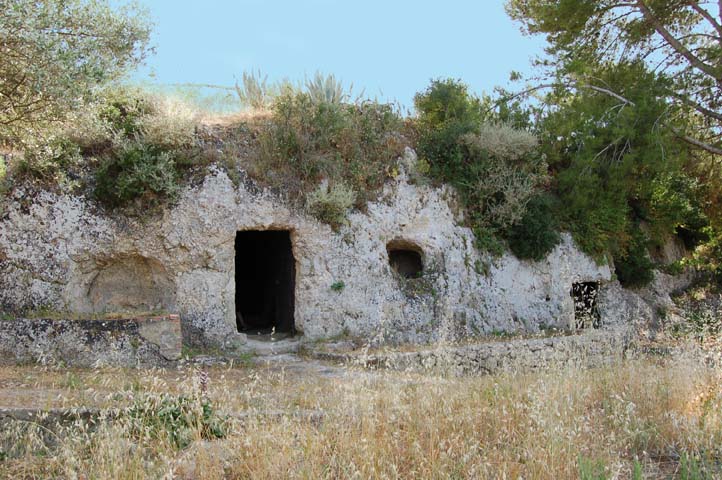

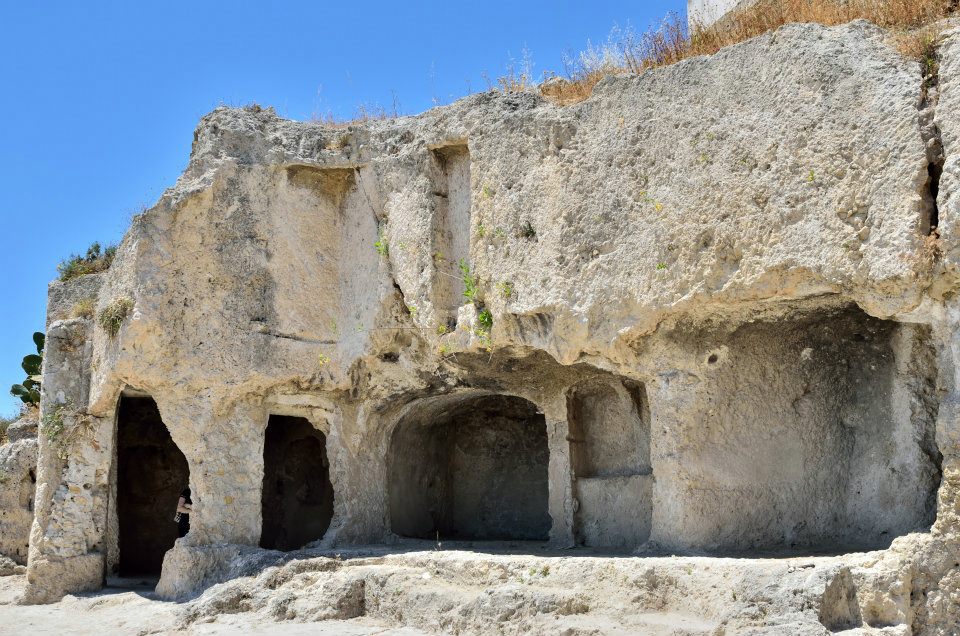
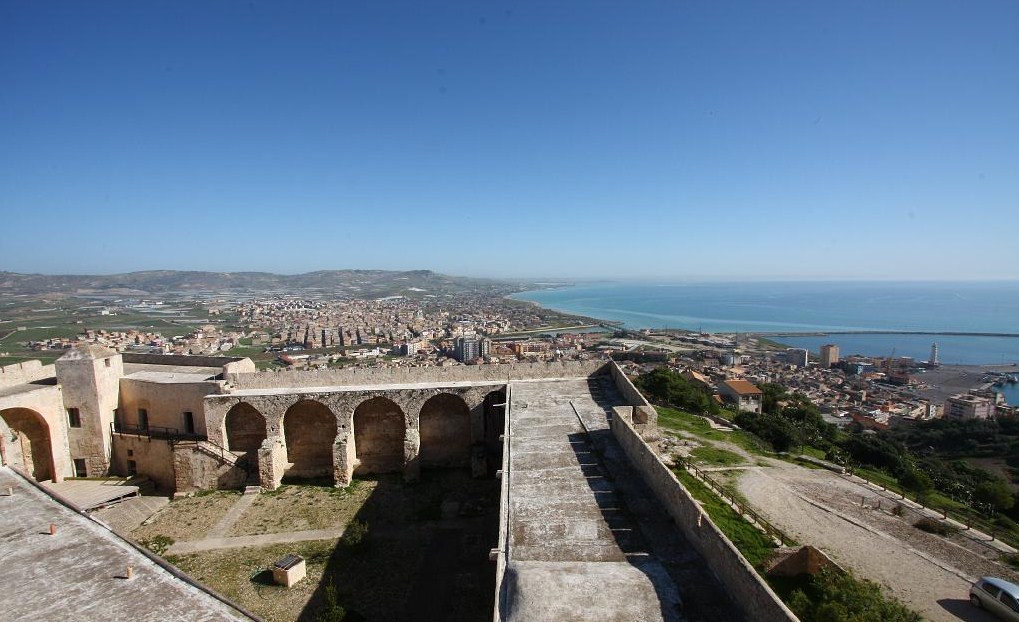 Sant’Angelo Castle
Sant’Angelo Castle
